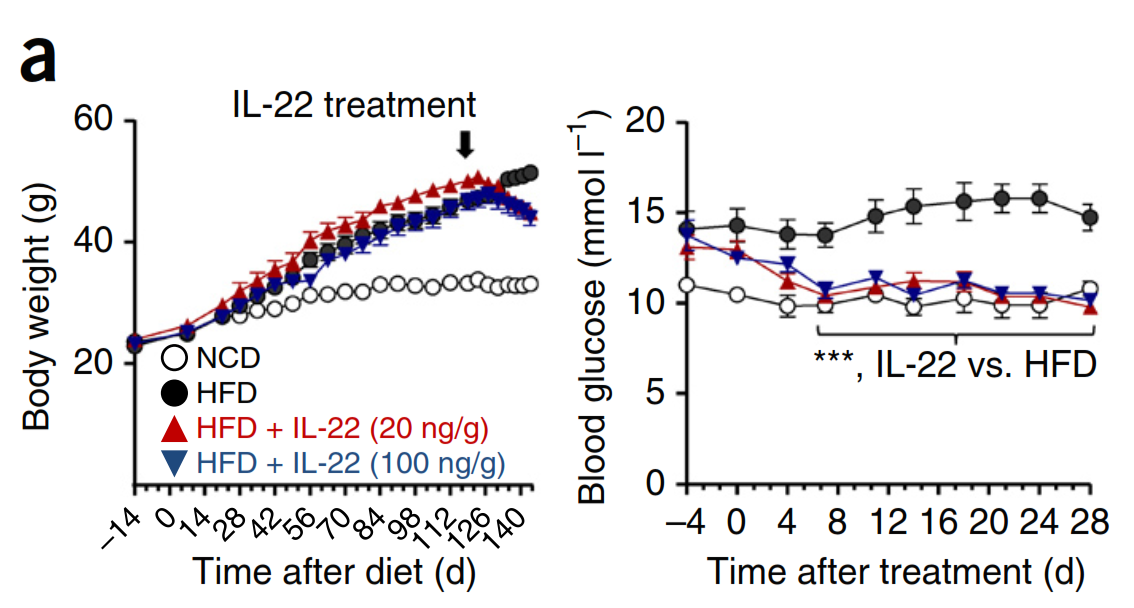Occasionally one finds research articles published in the top journals, which rather than simplifying and clarifying the subject matters, make them more confusing. Frequently, even after reading and then re-reading them, one still cannot comprehend the "significance" of the finding.
I have one rule: if I cannot understand an immunology research paper with one read, I blame the editors. The author, of course, wants to publish his/her research in top journal, but it is a responsibility of the editors to be a gatekeepers and to make sure that the article is written in an easy to understand style.
I have another rule: the good data naturally make paper writing and reading easy.
The following paper from journal Science is such a disappointment. It starts strong with FucciRG mice model to track T cells acquiring a quiescent state after active cycling. The rest is confusing. The authors proposed that signal 1 (antigen), signal 2 (co-stimulation), and signal 3 (inflammatory milieu) play equal and quantitatively linear role in imprinting T cell division rate (they called it division destiny (DD), as if it would make it easier to understand).
First of all, if one takes, for example cytokine IL-2, it not just quantitatively affects the T cell division rate but it qualitatively changes T cell fate and memory potential too. The authors suggestion that IL-2's physiological role is to maintain T cell division at a later stage of activation, at the tissue site, away from priming site (such as spleen or lymph nodes) does not account for IL-2's role in T cell effector class differentiation (CTL, IFN-gamma or IL-2 producers) or memory imprinting. These latter concepts could equally well explain the authors' observation with IL-2 receptor alpha deficient T cells.
I personally would suggest to Science editors to avoid publishing research papers filled with unnecessary models (especially mathematical models) or with one-sided explanations.
David Usharauli


.png)
.png)
.png)
.png)
.png)
.png)


.png)
.png)
.png)

.png)
.png)
.png)
.png)
.png)
.png)
.png)
.png)
.png)
.png)








.jpg)
.jpg)
.jpg)
.jpg)
.jpg)

.png)

.png)

.png)

.png)
.png)
.png)
.png)


.png)



